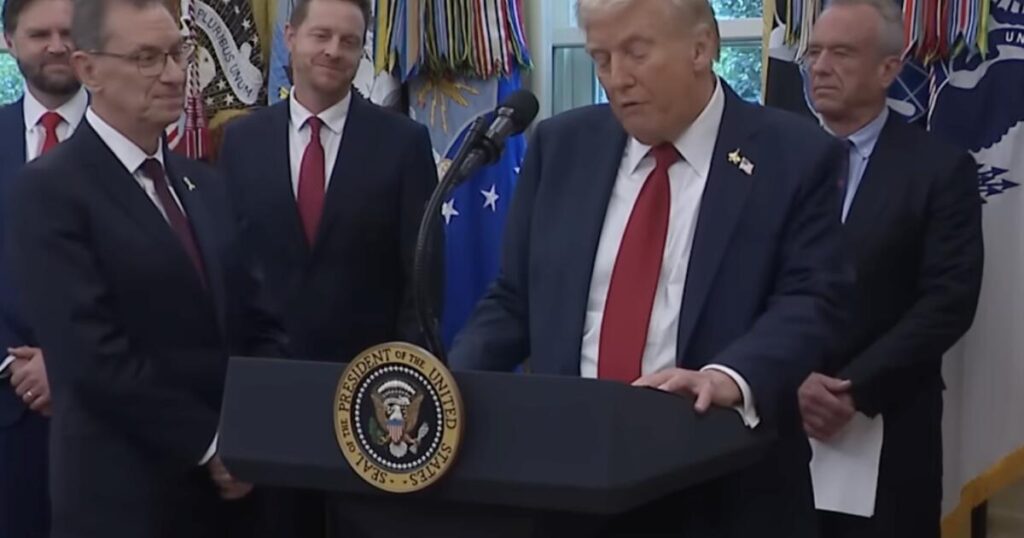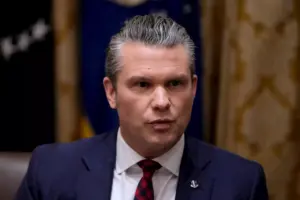
UPDATE: In a surprising announcement on September 30, 2023, President Donald Trump joined forces with Albert Bourla, CEO of Pfizer, to unveil a deal touted as a “massive win for the American people.” Despite the fanfare, experts are raising serious questions about the actual impact this agreement will have on prescription drug costs for consumers.
Under the terms of the deal, Pfizer has committed to offering its drugs at “deep discounts” for U.S. patients. However, many analysts doubt whether these reductions will significantly lower costs for average Americans. Pfizer’s recent stock surge of nearly 15% following the announcement suggests the pharmaceutical giant stands to benefit far more than everyday consumers.
Critics point out that the deal effectively exempts Pfizer from a potential 100% tariff on drug imports that Trump previously threatened, making it more about protecting corporate profits than aiding patients. “The truth is, this deal may not change prescription prices for most Americans,” said Peter Maybarduk, head of Public Citizen’s access to medicines group, who highlighted the lack of transparency surrounding the agreement.
The deal comprises three main components, but many details remain unclear. Firstly, Pfizer has pledged to offer “most favored nation” pricing to state Medicaid programs, which already receive some of the lowest prices in the U.S. Critics are skeptical about the actual savings, given that Medicaid co-pays are often capped at just $4.
Secondly, the much-anticipated TrumpRx website, set to launch next year, is designed to provide discounted medications directly to patients. However, this platform will merely redirect users to existing company-operated discount sites, and many patients will still be left facing high out-of-pocket costs. For example, even with discounts, patients could still owe approximately $3,645 monthly for some medications.
Lastly, the deal aims to address tariffs, with Bourla stating that “tariffs are the most powerful tool to motivate behavior,” suggesting that the agreement was more about safeguarding Pfizer’s financial interests than delivering savings to consumers. The White House claims further details will be released as the January 2024 implementation date approaches, but many remain anxious about the potential loopholes in the deal.
“We’re still in a place where we don’t know everything we want to know,” Maybarduk noted, emphasizing the need for further transparency.
While it’s clear that Americans pay more for prescriptions compared to many other countries, this deal does not seem to offer a viable solution. Instead, it may serve as a talking point for Trump, who has positioned himself as a champion of lower drug prices. However, the reality may leave patients with little more than empty promises.
As the implementation date approaches, stakeholders and consumers alike are urged to remain vigilant. With the complexities of drug pricing, many are questioning whether this “historic” deal will truly deliver on its promises or merely reinforce existing disparities in medication affordability for patients across the country.
The critical takeaway? While the White House celebrates this agreement as a milestone in drug pricing reform, the implications for the average American remain uncertain. For now, consumers may find themselves waiting for clarity on whether this deal will genuinely translate into savings or simply serve as another corporate-friendly maneuver.





